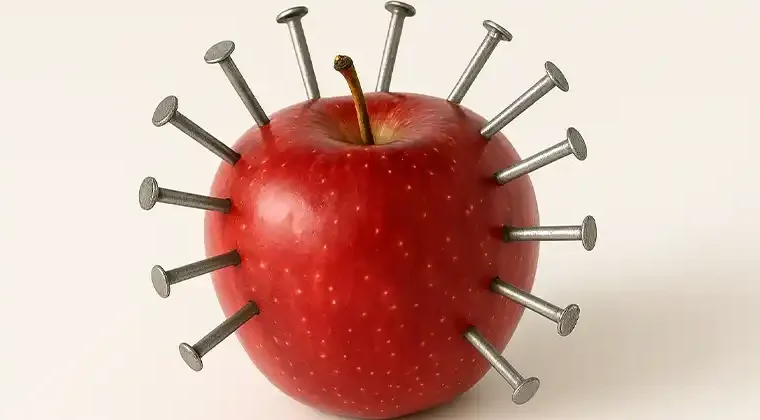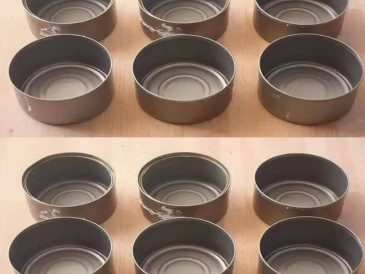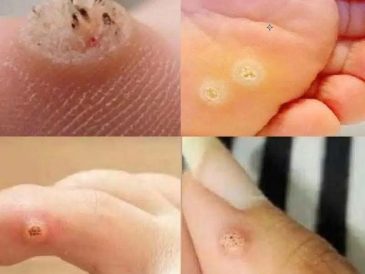Have you ever seen an apple pierced with several nails and wondered why anyone would do that? It looks strange, but this old tradition has a surprising purpose: to increase iron intake naturally. Before modern supplements existed, people in various cultures used this simple method to help fight iron deficiency. But does it really work, and is it safe? Let’s dive deep into the history, science, and safety of this practice.
Why Did People Put Nails in Apples?
For centuries, iron deficiency was a common health issue, especially in areas where meat was scarce or expensive. People discovered that when iron nails are inserted into an acidic fruit like an apple, a chemical reaction occurs. The apple’s natural acids react with the iron from the nails, releasing small amounts of iron into the fruit. When eaten, the apple provided a bit of extra iron to the body—an early attempt at a homemade iron supplement.
This was considered a natural remedy for anemia, a condition caused by low iron levels, which often leads to fatigue, weakness, and pale skin.
How Does It Work? The Science Explained
The apple contains organic acids such as malic acid and citric acid. When a clean iron nail is inserted into the apple and left for several hours, these acids react with the metal. This process forms iron salts (such as iron acetate), which partially dissolve into the fruit.
When you eat the apple afterward, your body absorbs some of this iron. It’s a very small amount compared to modern supplements, but for people in the past, it was better than nothing.
How Much Iron Does It Provide?
Not much. Estimates suggest the iron content might increase slightly, but it will never reach the level of even a low-dose iron tablet. For comparison:
- Apple with nails: Possibly a few milligrams of iron (highly variable).
- Iron-rich foods: 100g of beef liver contains about 6 mg of iron.
- Iron supplement: One tablet usually contains 18–30 mg of iron.
So, while it works chemically, it’s not an effective treatment for severe anemia today.
Is It Safe to Do This Today?
Here’s where the concerns come in:
✅ The Potential Benefits:
- Provides a small amount of iron.
- Natural and inexpensive.
⚠ The Risks:
- Contamination: Modern nails are rarely pure iron. They are usually coated with zinc, galvanized, stainless steel, or other metals that can be toxic.
- Rust: If the nails are rusty, bacteria and harmful substances can form.
- Unknown dosage: You have no control over how much iron actually dissolves.
If You Want to Try It – Safe Guidelines
If you’re curious about this old practice and want to try it, do it with caution:
- Use pure iron nails only. Avoid galvanized or coated nails.
- Clean them thoroughly. Boil the nails in water for 10–15 minutes to sterilize.
- Insert 2–3 nails into a fresh apple. Make sure the nails are fully embedded.
- Leave for 6–12 hours. This gives enough time for some iron to dissolve.
- Remove the nails and eat the apple. Do not eat the nails or reuse them multiple times.
Better Alternatives for Iron Intake
While this method has historical charm, it’s not the most effective or safest way to boost iron levels. Here are better natural options:
- Iron-rich foods: Red meat, chicken liver, lentils, beans, spinach, and pumpkin seeds.
- Vitamin C with meals: Helps your body absorb iron from plant sources.
- Modern iron supplements: Safe and reliable under a doctor’s supervision.
The Final Verdict
Yes, sticking nails in an apple really does release iron into the fruit—but only in small amounts. It was a creative solution in the past when other options didn’t exist. Today, however, it’s considered outdated and risky if the nails are not pure and sterilized. Modern diets and supplements are much safer and more effective.
Disclaimer:
This information is for educational purposes only and is not a substitute for professional medical advice. If you suspect you have anemia or iron deficiency, consult a healthcare provider for proper diagnosis and treatment.
Inspired by this? Share the article with your friends!





